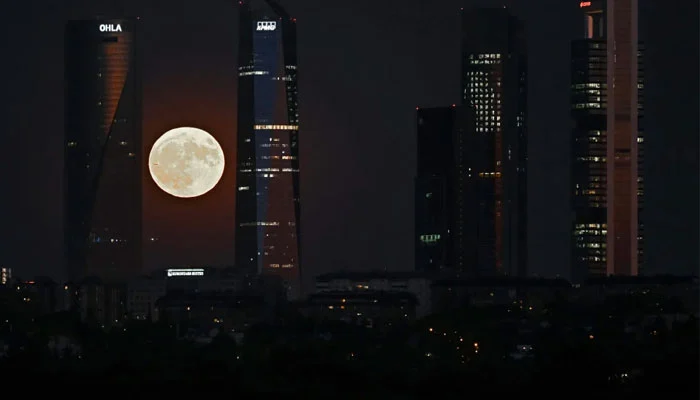Stargazers are in for a treat in 2024 as the night sky promises a plethora of celestial events, including full moons, meteor showers, solar and lunar eclipses, and vibrant auroras. Solar and Lunar eclipses The highlight is the highly anticipated total solar eclipse on April 8, visible in Mexico, the US, and Canada. A total solar eclipse occurs when the moon fully blocks the sun’s face, with the path of totality offering a complete cover of the sun. Additionally, an annular solar eclipse is expected on October 2 over parts of South America, forming a “ring of fire” as the sun’s light surrounds the moon’s shadow. Lunar eclipses, including a penumbral lunar eclipse on March 24-25 visible across continents, add to the astronomical marvels.
Mid-to late-2024 is when the sun is expected to reach solar maximum, which might cause solar flares and coronal mass ejections that could affect Earth’s technological infrastructure.
Scientists will be actively observing solar activity in anticipation of learning new things from the complete solar eclipse in April. The spectacle of auroras, or the northern and southern lights that are visible at Earth’s poles, is brought about by increased solar activity.
In 2023, rare sightings as far south as New Mexico and the southeast of England were made possible by geomagnetic storms.
Vibrant displays of auroras are predicted when solar activity peaks, providing a mesmerizing celestial spectacle in Earth’s skies.
The full moons in 2024 are as follows:
January 25: Wolf moon
February 24: Full moon in the snow
Worm moon on March 25.
23 April: Pink moon
23 May: Flower Moon
Strawberry moon on June 21
July 21: a buck moon







